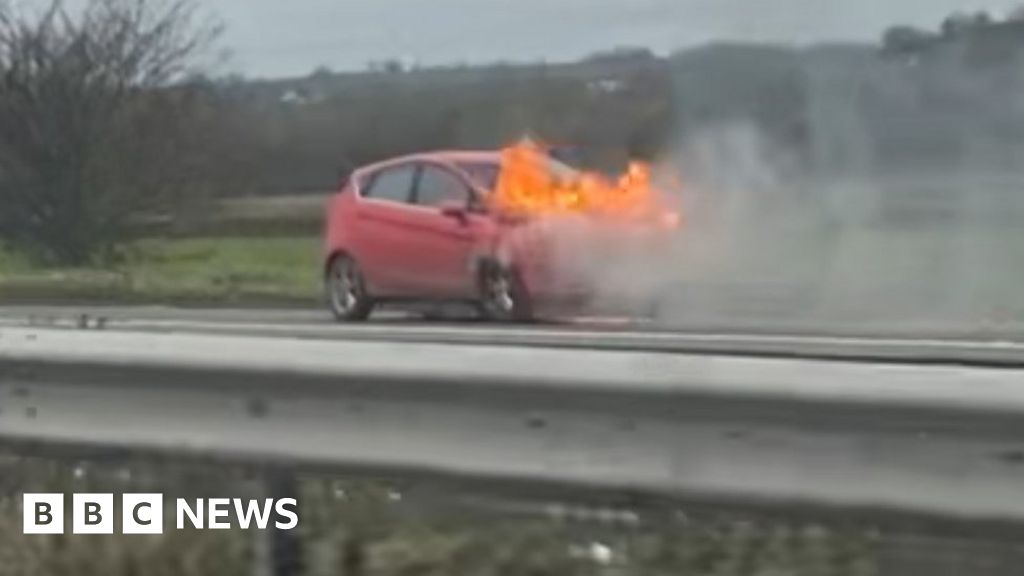An EV from Chinese manufacturer Nio will soon go on sale with a "semi-solid state" 150kWh battery (140kWh usable) that's the largest in any passenger car,
Car News China reported. To show much range that will deliver, Nio CEO William Li drove a prototype version of the
ET7 1,044km (650 miles) in 14 hours, a distance surpassing many gas-powered vehicles.
Manufactured by WeLion New Energy Technology, the battery has a single-cell energy density of 360 Wh/kg or 260 Wh/kg for the entire pack (Tesla's latest cells are under 300 Wh/kg). Semi-solid state batteries use gel, clay or resin electrolytes, offering greater energy density and fire-resistance than current batteries. However, they're still far from the promised land of full solid-state batteries, which could feasibly double energy density.
Nio is a luxury EV manufacturer in China that offers vehicles without a battery, letting you sign up to a battery-as-a-service (BAAS) monthly subscription. That service also allows you to swap out your battery at any time for a larger one.
I read somewhere that half of new car sales in China are electric...


